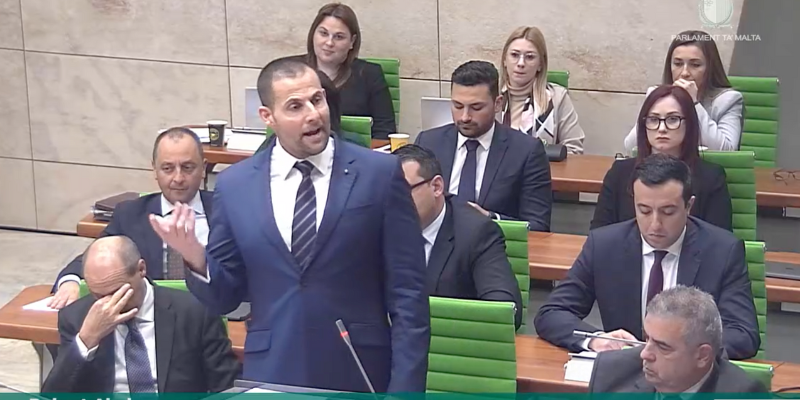In 2017, “fake news” was the Collins English Dictionary’s word of the year. Yet, as with most terms coined in the digital and social media age, not only has it come to mean different things to different people, but it is becoming an increasingly politically dangerous term used deliberately to undermine core democratic values, according to The Conversation.
The term was first made popular by Buzzfeed’s founding editor Craig Silverman when investigating click bait farms that published made up stories online for profitable clicks. To some, the term “fake news” is used exclusively to describe false stories. Some journalists use the term to describe “a lie,” something concocted with the intention to deceive. Others use it as a catch-all phrase to describe questionable stories with problematic information.
Politicians on both ends of the spectrum then caught on, and this is when the term took on a murkier, more insidious meaning.
It is now deliberately used to spread a mixture of true and false stories designed to confuse the public. In this way, some true information gets discredited with the false facts that accompany it – a tactic that Maltese government officials and their media outlets have mastered to a tee.
When an overused phrase like “fake news” creates so much confusion with its meaning, it starts to mean nothing at all. It becomes nonsense. So why do we still see it everywhere? It is still being used because the term has proven itself to be a blessing for politicians that want to confuse facts.
Read more: The Maltese government’s use of false statistics to create fake news
Calling an investigative report or an article “fake news” is asking the readers not to believe the story and to distrust the institution that produced it. It ridicules weeks of investigative journalism and asks you to take the word of the man who convinced you to vote for him, no matter what methods he used to convince you to do that.
The use of this kind of rhetoric by President Donald Trump, by Hungary’s Viktor Orban and by Joseph Muscat (these are just a few examples) is in especially bad faith precisely because they pretend to be striving to attain the truth, to go after objectivity and critical thinking – but the repeated use of the phrase is specifically designed to achieve the very opposite and to undermine those very values.
Their ultimate aim is to drown out reasonable discourse by repeated intellectual insults. This is what some philosophers call “undermining propaganda”. Governments are even less subtle and simply call any narrative that they disapprove of “fake news”.
Some institutions are trying to counter fake news by tackling it as if it were a science, some going as far as organising conferences on how to combat fake news. As well intentioned as these efforts are, they also risk being counterproductive. Why? Well for starters, it makes the producers and users of fake news appear like they form a legitimate part of the public discourse.
If we want to avoid empty words and if we want to avoid legitimising propaganda tools, let’s just do away with the term altogether. The English language offers plenty of alternative ordinary words. A story can be described as “bullshit”, we can call a statement a “lie”, we can describe certain narratives as “disinformation”, we can call sources “unreliable”.
What we should not be doing is defending democratic ideals by trying to re-purpose a demagogue’s tool.
You can read the full article here.












